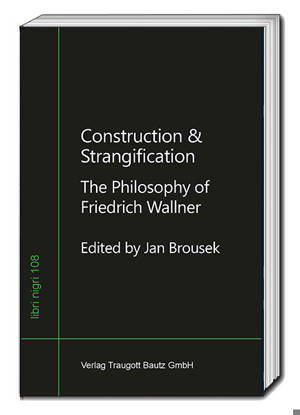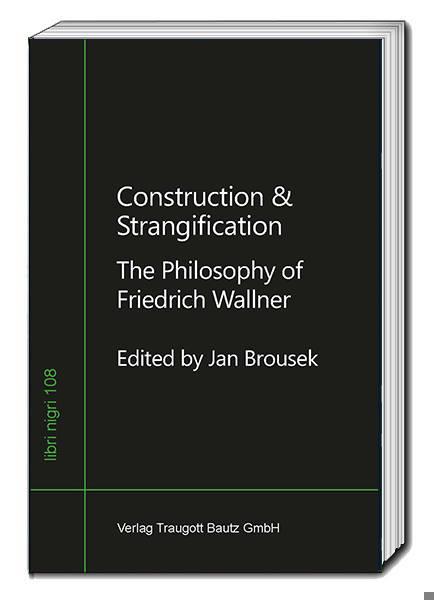
- Afhalen na 1 uur in een winkel met voorraad
- Gratis thuislevering in België vanaf € 30
- Ruim aanbod met 7 miljoen producten
- Afhalen na 1 uur in een winkel met voorraad
- Gratis thuislevering in België vanaf € 30
- Ruim aanbod met 7 miljoen producten
Zoeken
Omschrijving
Following the Austrian Federal President's socio-politically important call to "make your bubble burst", this book undertakes nothing less than an attempt to do justice to Karl Raimund Popper's credo, to make philosophy effective - which was pointing the way for Friedrich Wallner's development of the epistemological Viennese School of Constructive Realism (CR). In the spirit of CR, making philosophy effective by bursting our bubbles means first and foremost making readers aware of the (sub)cultural conditionality in relation to our ways of constructing reality and inviting them to leave well-trodden paths of thought and thus gain (intellectual) space for expanded scope for action. For this purpose, long-time companions from different phases of the development of CR, as well as current research colleagues from all over the world, have been invited to shed light on different aspects of Prof. Wallner's oeuvre from several disciplinary and cultural perspectives. The nineteen contributors from Asia and Europe as well as North and South America explain and evaluate Wallner's work and show the numerous fields of application and reveal possibilities for further development; not least by pointing out the one or other vagueness of CR as well as by referring to some overlaps with other schools of thought. In order to facilitate further discussions concerning CR, the appendix offers a selected bibliography to help readers find their way through the wide field of Friedrich, respectively Fritz (G.) Wallner's publications.
Specificaties
Betrokkenen
- Auteur(s):
- Uitgeverij:
Inhoud
- Aantal bladzijden:
- 426
- Taal:
- Engels, Duits
- Reeks:
- Reeksnummer:
- nr. 108
Eigenschappen
- Productcode (EAN):
- 9783959486156
- Uitvoering:
- Paperback
- Afmetingen:
- 154 mm x 22 mm
- Gewicht:
- 607 g

Alleen bij Standaard Boekhandel
+ 108 punten op je klantenkaart van Standaard Boekhandel
Beoordelingen
We publiceren alleen reviews die voldoen aan de voorwaarden voor reviews. Bekijk onze voorwaarden voor reviews.








